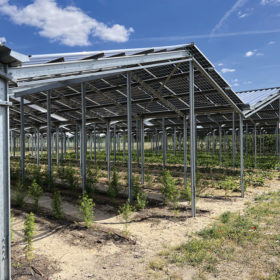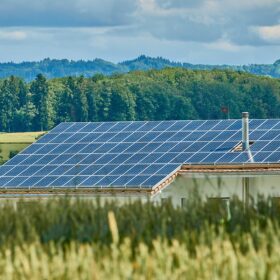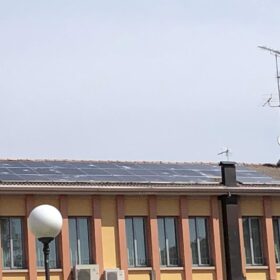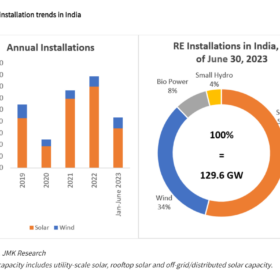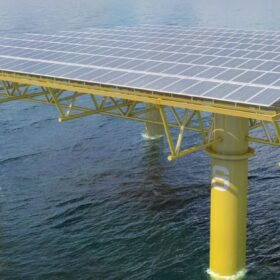Croatia adopts legal framework for agrivoltaics
The Croatian government has adopted bylaws to the Spatial Planning Act that define agrivoltaic installations and the areas in which they can be deployed, in order to facilitate future deployment.
Pressure brings sweltering sun and soaking rain: July extremes in America
In a new weekly update for pv magazine, Solcast, a DNV company, presents the solar irradiance data it collected for North America this month. July’s high pressure in the southwest and trough in the northeast dramatically influenced the region’s solar energy production. Persistent high-pressure systems in the southwest led to frequent clear skies and warm air masses, driving up solar irradiance and enhancing potential solar power generation.
Greece’s PV fleet keeps power system running during heatwave
Greece is experiencing consecutive heatwaves and a number of forest fires this month that have increased demand for electricity. The country’s solar photovoltaic fleet is keeping the power system running at peak times.
Going beyond renewable/non-renewable dichotomy
Scientists in India have proposed a new classification of energy sources that is intended for the adoption and definition of emerging technologies, which they said conventional taxonomies fail to achieve.
Malaysia increases green energy tariff for residential, industrial consumers
Malaysia has increased the green energy tariff for residential and industrial consumers through the Green Electricity Tariff (GET) program. The government is offering 4,500 GWh of power to residential and industrial customers each year. These customers will be charged an additional MYR 0.281 ($0.062) for each kilowatt-hour of renewable energy that is purchased.
France unveils new FIT rates for PV systems up to 500 kW
France’s new feed-in tariffs (FITs) for the second quarter range from €0.2395 ($0.2653)/kWh for installations below 3 kW in size to €0.1268/kWh for arrays ranging in capacity from 100 kW to 500 kW.
How big must hailstones be to damage PV systems?
The hail storms that occurred recently in northern Italy damaged several photovoltaic systems. pv magazine Italy retrieved a report from the Vrije Universiteit Amsterdam from 2019 which tried to shed light on the damage caused to solar installations by hail by analyzing the effects of a severe hailstorm that occurred in the Netherlands in 2016. According to their assessments, damages to PV modules are mostly derived from hailstones of at least 3 cm in diameter.
To achieve net zero energy status, solar-powered buildings should not exceed 10 floors
Researchers in Canada have found that nearly zero-energy buildings (NZEBs) with on-site solar energy generation should not exceed an energy use intensity (EUI) of 50 kWh/m2a, which they said corresponds to a maximum of 10 floors. They also ascertained that the maximum permitted EUI by net-zero energy status is 17–28 kWh/m2a.
India installed 6.8 GW of solar in H1
India deployed 6.8 GW of solar in the first half of 2023. The rooftop solar segment had 2,294 MW of capacity additions, which is higher than the total rooftop PV installations recorded in 2022.
Offshore floating PV demonstrator to go online on Belgium’s North Sea coast
The SeaVolt consortium says it will launch an offshore floating PV demonstrator off the Belgian port of Ostend. The main companies – Tractebel, DEME, Equans and Jan De Nul – say the anchored floating array will collect data for at least a year to scale up the tech.
